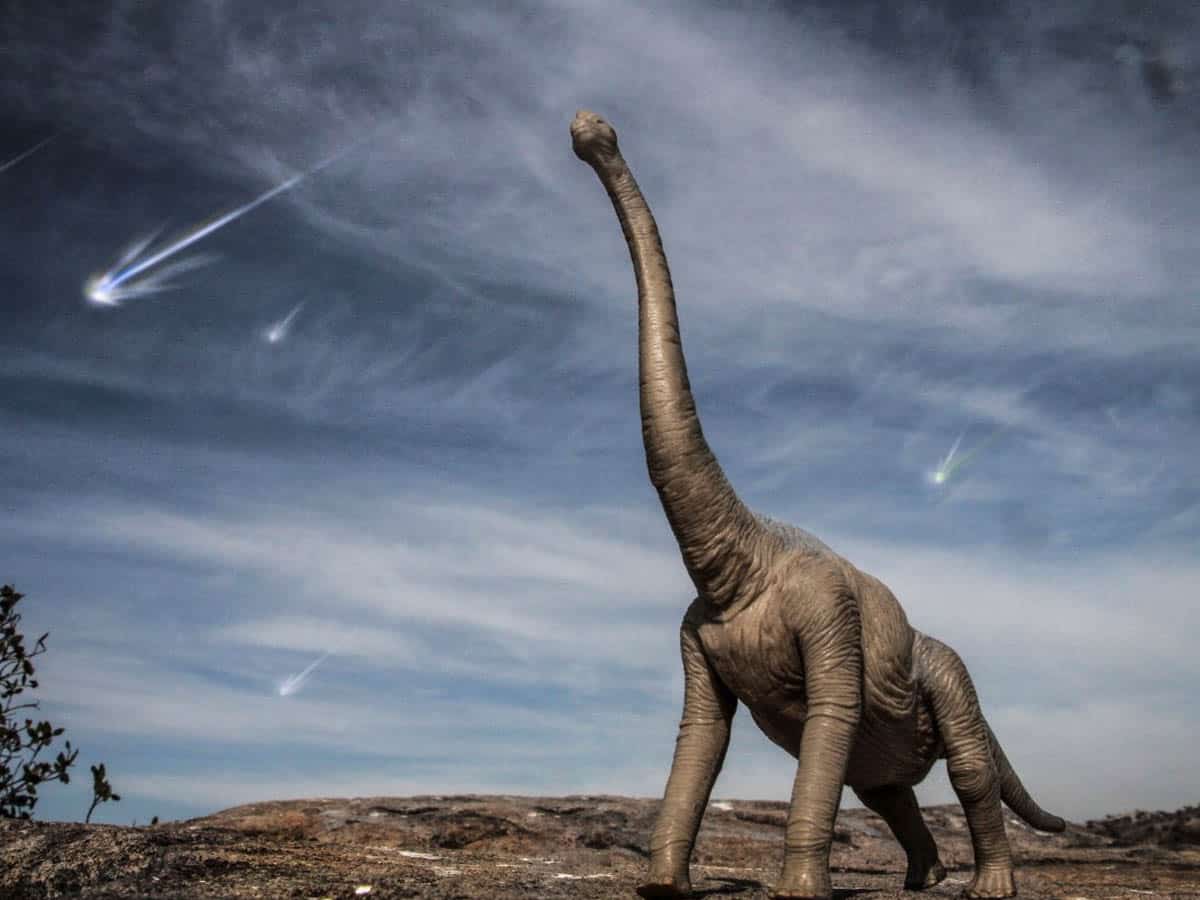

Do you want to display the skeleton of a Raptor dinosaur in your drawing room?
An international auction house in New York, Christie’s is going to give you an opportunity to bid for Deinonychus antirrhopus on May 12, 2022.
The estimated price is $4,000,000-6,000,000.
The most expensive dinosaur skeleton sold to date is naturally a Tyrannosaurus rex, the largest land carnivore, known as “Stan” which was brought by an anonymous buyer in 2020 for the US $ 31.8 million. Now it is reported that Stan will be housed in the new natural history museum in Abu Dhabi, the capital of the United Arab Emirates.
It is not the first time that a dinosaur skeleton is being put up for auction, many dinosaur specimens have been sold at auction. Nearly five dinosaur skeletons come under the hammer every year despite sharp criticism by paleontologists that these rare specimens should not go into private hands but remain in public organizations for research purposes.
In the US where most dinosaurs are found, laws allow the sale of specimens found on private property.
The present dinosaur Deinonychus antirrhopus was found in a good state of preservation. It was excavated at Wolf Canyon, Carbon County, Montana, several years back.
It belongs to the Early Cretaceous period about 115-108 million years ago.
Deinonychus is a very agile predatory dinosaur that hunts in packs and was one of the most feared animals of its time.
A similar species like Deinonychus, Velociraptor was seen in Michael Crichton’s novels Jurassic Park and The Lost World, or the film adaptations directed by Steven Spielberg.
Theraptor was seen running after children in a kitchen.
This dinosaur has been named after the famous Trojan warrior ‘Hector’.
This is the most complete Deinonychus skeleton ever found. The name Deinonychus which means ‘terrible claw’ was coined by the palaeontologist John Ostrom in 1969 in view of the sharp deadly claw on each of the dinosaur’s feet.
Hector was excavated from Wolf Creek Canyon, Montana, from 2012-14 and has since been in private hands, only exhibited once before, in Copenhagen at the Natural History Museum of Denmark. The exhibition King of Dinosaurs (2020-21) displayed Hector alongside five other dinosaurs, including the iconic Tyrannosaurus rex.
Deinonychusbelongs to dinosaurs called theropods which are carnivorous animals that can walk on two legs. These sickle-clawed predators could give a deadly kick.
Deinonychus would stand on one leg, hold its target with its long arms, and then kill it with a powerful kick. It could stand on its hind legs when attacking other dinosaurs, with its long tail facilitating its balance and posture.
Deinonychus would stretch this tail horizontally when running, which contributed to the exceptional length of this animal, approximately three meters long in total.
Its large skull was lightweight having a number of openings giving Deinonychus high speed and manoeuvrability while running.
It had big eyes and 60 or 70 fiercely sharp teeth which gave it its deadly bite.
As the first raptor Deinonychus species, it represents one of the most important palaeontological discoveries of the 20th century. Hector can now be added as the single most complete individual Deinonychus ever found.
Deinonychus was formally identified by Ostrom who studied its fossils found in 1964 and established their links to birds. Deinonychus from an evolutionary point of view was found to be closer to that of a bird than a reptile-like other dinosaurs.
Unlike dinosaurs and other reptile which were slow Deinonychus was agile and smart. The find sparked off debate on dinosaurs links to the origin of birds.
The first fossilized remains of Deinonychus were recovered from the Cloverly Formation in Southern Montana by the palaeontologist Barnum Brown in 1931.
Brown found a small carnivorous dinosaur skeleton like that of a Tenontosaurus; however, because it was encased in lime and therefore difficult to prepare, he never put it on display. It wasn’t until 1969 that John Ostrom and his assistant, Grant Meyer, re-examined it in detail and consequentially identified it as a Deinonychus.
That specimen is now housed at the American Museum of Natural History in New York and is the second most complete Deinonychus skeleton, after Hector.
In August 1964, Ostrom and Meyer led an expedition from Yale’s Peabody Museum of Natural History to a newly discovered quarry in the Cloverly Formation. Here they found approximately one thousand bones from various Deinonychus but no complete single skeletons. They could only determine two feet that came from the same source — this became the type specimen for the species. The remaining bones were catalogued at Yale’s Peabody Museum.
A Harvard University expedition in Montana in 1974 led by Steven Orzack unearthed more bones crucial to the understanding of the Deinonychus, including femora, pubis, a sacrum, ilia, pes, and metatarsus. These are housed at the Museum of Comparative Zoology at Harvard University.
To this handful of recorded specimens found over the decades, with only two complete skeletons — both in museum collections — Hector can now be added as the single most complete individual of Deinonychus ever found.
Our current view of Deinonychus is a feathered animal.
He noted that the agility, high level of activity, and sensitivity to stimuli of Deinonychus was closer to that of a bird than a reptile as most dinosaurs were categorized.
He proposed that Deinonychus was warm-blooded like a bird and argued that it shared many other characteristics of flightless birds, including long legs, long neck, horizontal body, and potentially feathers.



